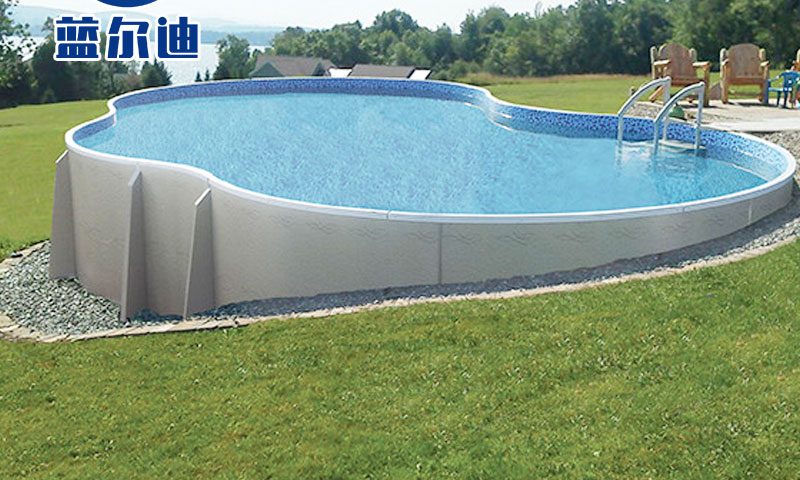Closing Your Swimming Pool
Stains, corrosion and scale are not just problems during the swimming season. By using the right products and following the simple procedures below, you will protect your pool during the cold winter weather. Climates vary, so be sure to ask your local pool dealer for specific winterizing instructions.
- Take a water sample to your local swimming pool dealer for a complete water analysis. Follow your dealer’s instructions to balance the water as needed.
- Clean your pool by brushing the walls, skimming the water surface and vacuuming the pool bottom. Clean pool wall tile and vinyl with cleaner. Empty pump an skimmer basket.
- Clean or backwash the filter according to the manufacturer’s instructions using a filter cleaner and degreaser following the label instructions.
- Protect your pool water by doing a pool shock. Run the pump for several hours to disperse the product thoroughly.
- Protect your pool against algae with the addition of an algaecide.
- Lower the water in the pool down to the level recommended by the manufacturer for winterizing.
- Drain water from equipment such as pump, filter, heater, chlorinator, hoses and pipes as recommended by the manufacturer. Ask your dealer if you should protect the pipes and equipment with a non-toxic, swimming pool antifreeze. Ladders, chlorinator (if offline model), pump and skimmers baskets should be stored.
- Cover the pool using a quality cover to prevent leaves, dirt and debris from accumulating in the pool.
After consulting with your local swimming pool dealer, you may decide to leave your pool open during the winter months. If so, the following are recommended at a minimum:
- Operate the pump at least several hours a day or continuously if the temperature gets down to freezing.
- Maintain normal pH and minimum free chlorine levels.
- Keep the pool free of leaves, dirt and debris.

